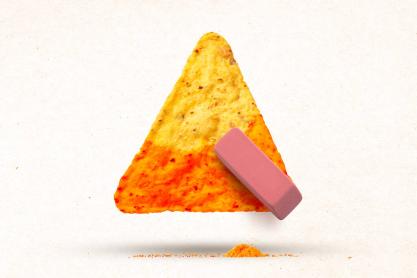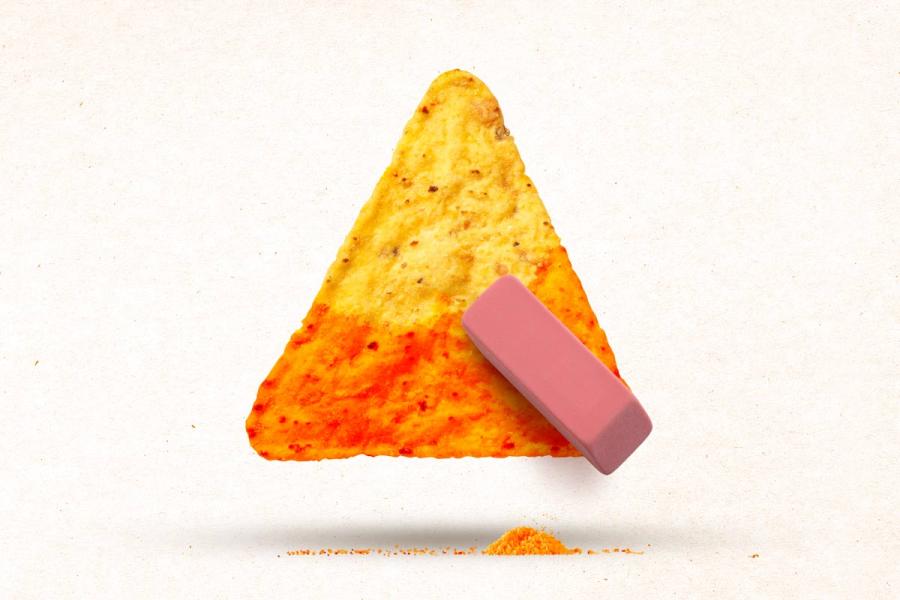The U.S. Food and Drug Administration has banned the use of red dye No. 3 in foods, more than three decades after researchers discovered its link to cancer in rodents and to worsened attention deficit and hyperactivity disorder and other behavioral symptoms. The dye is already banned from foods in the European Union, New Zealand and Australia.
Red 3, also known as erythrosine or FD&C Red No. 3, is a red synthetic food dye used to give certain drinks, cough syrups and foods “a bright, cherry color,” according to the FDA. The agency’s report states it “has been primarily used in certain food products, such as candy, cakes and cupcakes, cookies, frozen desserts, and frostings and icings, as well as certain ingested drugs.”
In 1990, the FDA banned the dye’s use in cosmetics and topical medication after research found increased cancer rates among rodents who ate the dye.
Kim Penberthy is a clinical psychologist and professor of psychiatric medicine at the University of Virginia School of Medicine. She sees patients at the UVA Cancer Center. In 2020, she was part of a group of researchers who published findings that food-color additives, including Red 3, increased hyperactive behavioral symptoms in children in the Journal of Pediatric Neurology and Neuroscience.
She said she’s glad to see the FDA “really looking at consumer safety,” and hopes this ban serves as a wake-up call for consumers to “pay attention to what we’re eating and demand accountability and transparency in food and product safety.”
This wider trend of food and drink safety extends to alcohol consumption and regulation. Earlier this month, Surgeon General Dr. Vivek Murthy released an advisory highlighting the link between alcohol consumption and cancer risk, advocated for warning labels and more doctor-patient conversations.
“It’s a good reminder to be intentional about what we put in our bodies,” Penberthy said. “That being said, there’s no reason for extreme alarm if you will be exposed to it in the time it’ll take to get products off the shelves.”
It’s important to remember, she notes, the studies were conducted in rodents and not humans, and that common candies and snacks will have much lower levels of Red 3 than the animals were exposed to.

Kim Penberthy is a clinical psychologist and professor of research in psychiatric medicine at the University of Virginia School of Medicine. (Photo by Matt Riley, University Communications)
The argument from manufacturing companies, Penberthy said, has always been Americans prefer brighter colors and stronger tastes.
“I do believe we, as consumers, have some culpability for buying the sweeter candies and richer cupcakes,” she said. “It’s a good time to return to eating more whole foods.”
Penberthy says she occasionally chooses dates with honey or other toppings as a sweet treat substitute. However, she acknowledged that fresh foods are often more expensive and less widely accessible than more processed and cheaper foods found everywhere from gas stations to vending machines.
Products containing Red 3 are part of a long list of synthetic ingredients EU scientists say could be harmful to human health, especially for young children, that have been banned for use in foods in the EU but allowed in the U.S., including yellow 5, yellow 6 and red 40. Products like Skittles and Gatorade, for example, are banned under these restrictions in the EU.










